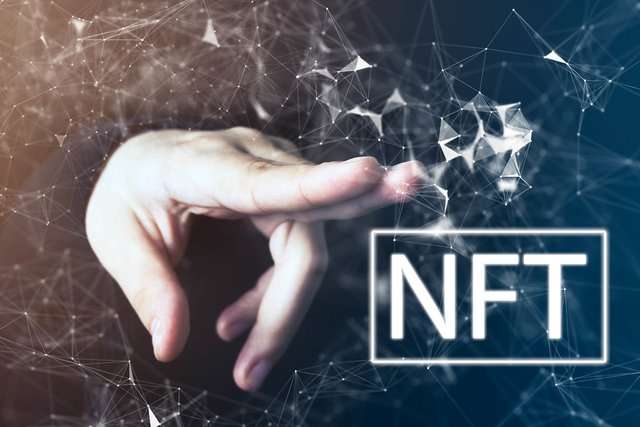
Introduction
The world of cryptocurrency and blockchain technology is rapidly evolving, with new developments and innovations emerging at a rapid pace. While this continued progress is exciting, it can also make it challenging for individuals new to the field to keep up and understand the complexities of these transformative technologies.
This comprehensive guide is designed for intermediate-level readers who want to deepen their understanding of the cryptocurrency and blockchain landscape. We'll dive deep into the latest trends, explore real-world applications, and provide clear explanations of complex concepts, all using accessible language that is easy for a non-technical audience to understand.
Understanding the Basics: Cryptocurrencies and Blockchain
At the heart of the cryptocurrency and blockchain revolution lies the concept of distributed ledger technology (DLT). DLT is a decentralized and secure way to record information shared across a network of computers. This eliminates the need for a central authority such as a bank or government to manage and verify transactions.
Cryptocurrency, the most famous application of DLT, is a digital or virtual currency that uses cryptography for security. It operates independently from traditional banking systems, allowing peer-to-peer transactions without the need for intermediaries. Bitcoin, Ethereum, and Litecoin are examples of major cryptocurrencies.
Blockchain, another DLT application, serves as a transparent and tamper-proof record of transactions. It is essentially a digital ledger that is constantly updated and maintained by a network of computers. Each block of the chain contains a timestamp, transaction data, and a cryptographic hash of the previous block, ensuring its integrity and immutability.
Exploring the Latest Frontiers: Emerging Trends
The cryptocurrency and blockchain sector is brimming with innovative developments that are shaping the future of finance, technology, and society. Let's explore some of the most promising trends:
Layer 2 Solutions: Addressing Ethereum's scalability limitations, Layer 2 (L2) solutions aim to increase transaction speed and efficiency while maintaining security. Optimism, Arbitrum and Immutable
Decentralized Finance (DeFi): DeFi protocols have revolutionized financial services, offering a wide range of applications without the need for intermediaries. Lending, borrowing, decentralized exchanges (DEX), and yield farming are among the popular DeFi applications.
Non-Fungible Tokens (NFTs): NFTs have expanded beyond digital art and collectibles, finding applications in gaming, supply chain management, ticketing, and identity verification.
Central Bank Digital Currencies (CBDCs): Central banks around the world are exploring the potential of CBDCs, which are digital forms of fiat currencies issued and controlled by central banks.
Zero-knowledge proofs (ZKPs): ZKPs enhance privacy by allowing verification of information without revealing the underlying data, enabling more efficient and secure blockchain applications.

Real-world applications: impacting industries
The transformative power of cryptocurrencies and blockchain is not just theoretical; It is already impacting various industries:
Finance: DeFi protocols are disrupting traditional finance, providing more accessible and borderless financial services.
Supply chain management: Blockchain is providing transparency, traceability and efficiency in supply chains, reducing fraud and improving product tracking.
Healthcare: Blockchain is enabling secure and efficient data management in healthcare, enhancing patient privacy and facilitating medical research.
Governance: Blockchain is being explored for voting systems, increasing transparency and accountability in democratic processes.
Demystifying the Complexities: Understanding Key Concepts
To effectively navigate the cryptocurrency and blockchain arena, it is essential to understand the basic concepts:
Wallet: A digital wallet stores your cryptocurrency private keys, allowing you to send, receive, and manage your cryptocurrency holdings.
Smart Contracts: Self-executing contracts on the blockchain, automating agreements and reducing the need for intermediaries.
Consensus mechanisms: Algorithms that validate transactions and maintain network consensus, such as proof of work (PoW) and proof of stake (PoS).
Security: It is important to understand security protocols and best practices to protect your cryptocurrencies and blockchain assets.

Conclusion: Embracing the Future
The cryptocurrency and blockchain sector is rapidly evolving, presenting both challenges and opportunities. By staying informed, connecting with the community, and understanding the underlying technologies, you can navigate this exciting landscape and potentially benefit from its transformative potential.
Remember, it is important to approach this field with a learning mindset,